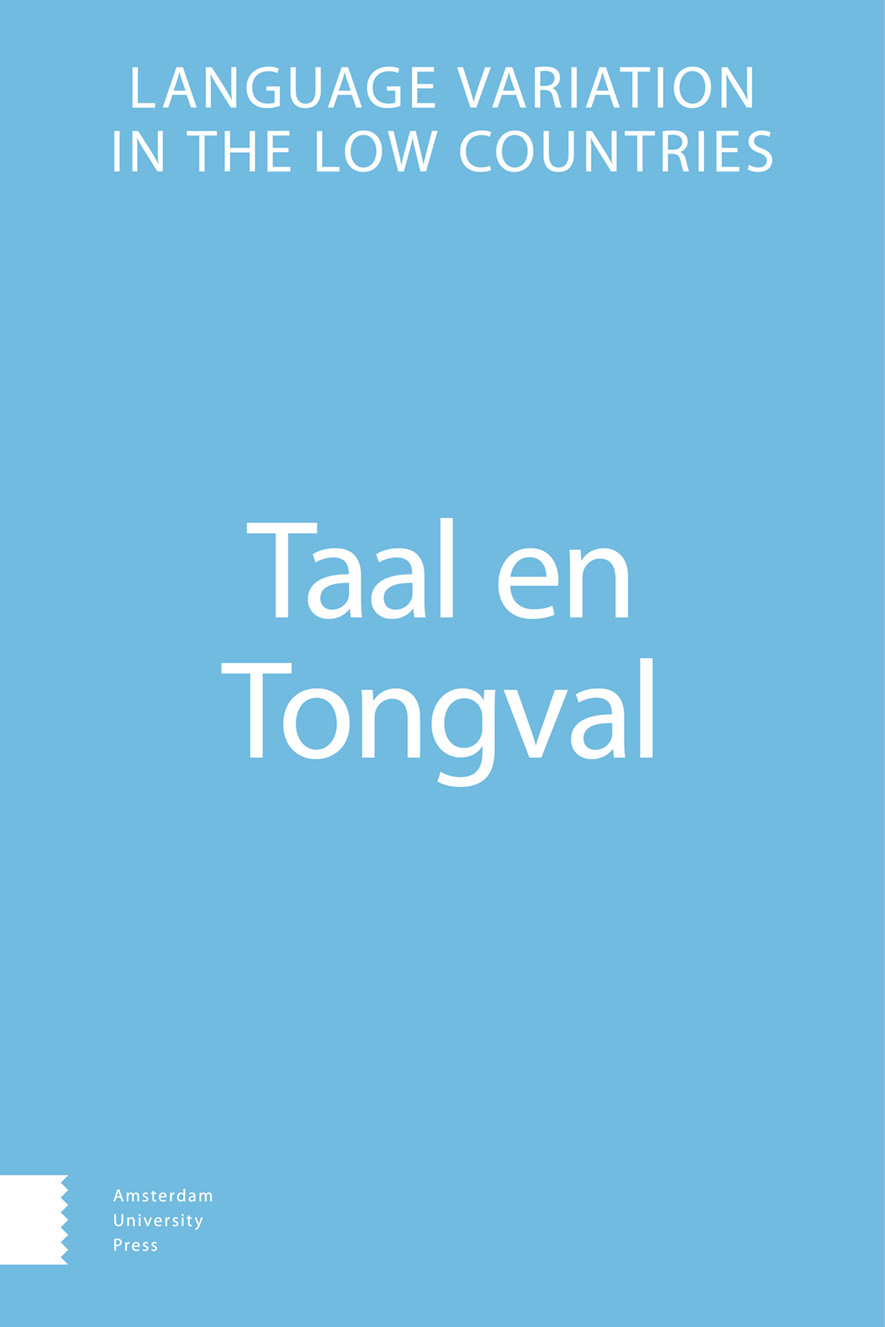-
oa De ontwikkeling van negatiepatronen met niet-negatieve onbepaalde kwantoren in de Midden- en Zuid-Brabantse dialecten.
- Amsterdam University Press
- Source: Taal en Tongval, Volume 61, Issue 1, Jan 2009, p. 1 - 20
- Previous Article
- Table of Contents
- Next Article
Abstract
Southern Brabant dialects of Dutch provide constructions such as: (a) ik heb iemand niet gezien <I have anybody not seen> (I did not see anybody) (b) Ik heb niemand niet gezien <I have nobody not seen> (I did not see nobody) The traditional view is that (a), with a positive quantifier expression developed from (b) with a negative one (cf. Van der Auwera & Neuckermans 2003). In this article the opposite development is proposed. Arguments are derived from earlier language stages in which the negation particle en/ne played an important role, and from the present distribution of both construction types, which are currently found in the central (Brabant) language varieties . In western (Flemish) and eastern (Limburg) dialects (b) is found, but is apparently borrowed from central dialects; (a) is not found at all. The article ends with the suggestion that the same development path might account for Brabant constructions with universal quantifiers, as well. In fact (c) is common in Brabant, and much less so (if at all) in the other southern Dutch dialects: (c) Ik heb al die mensen niet gezien <I have all those people not seen> (I did not see all those people)


